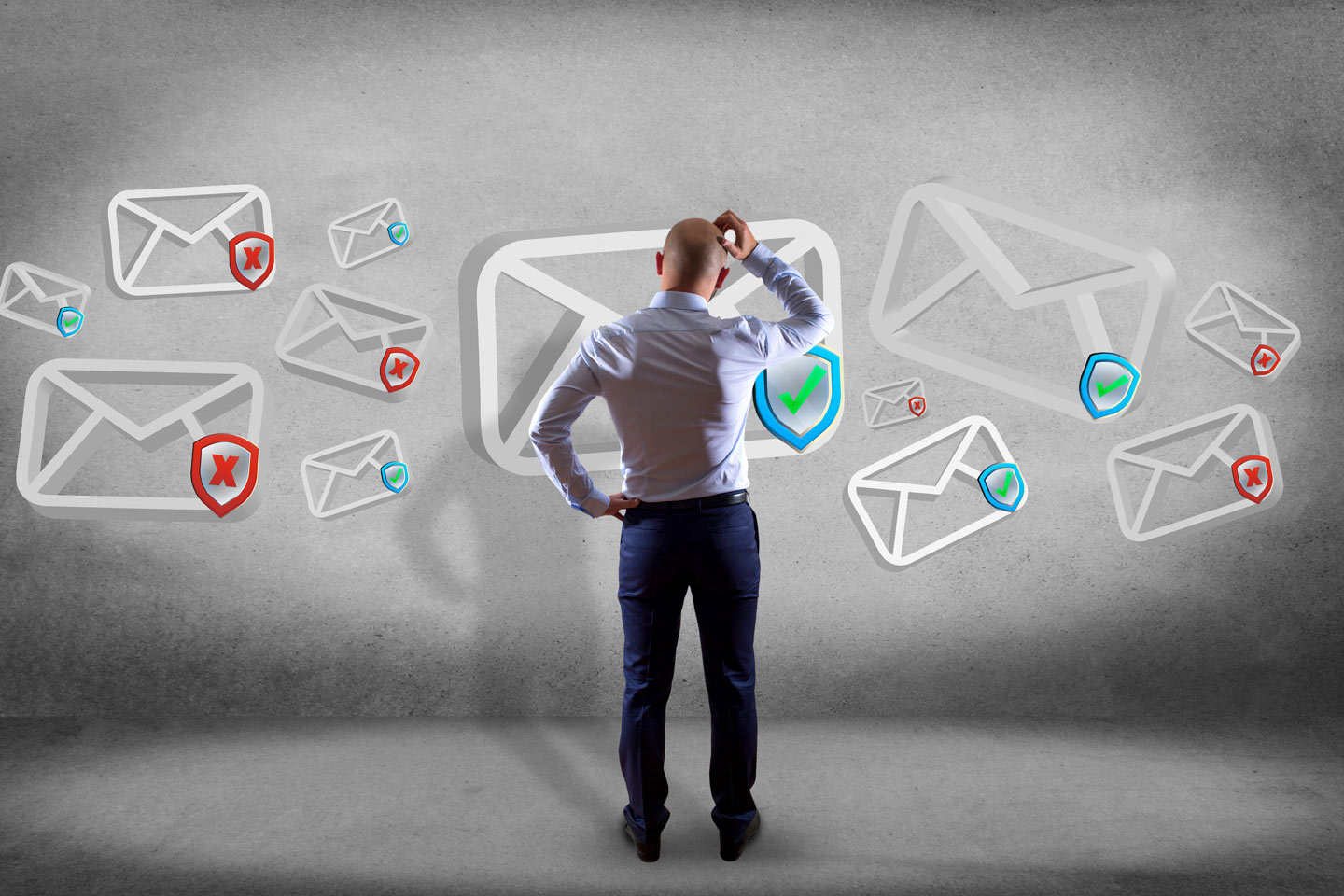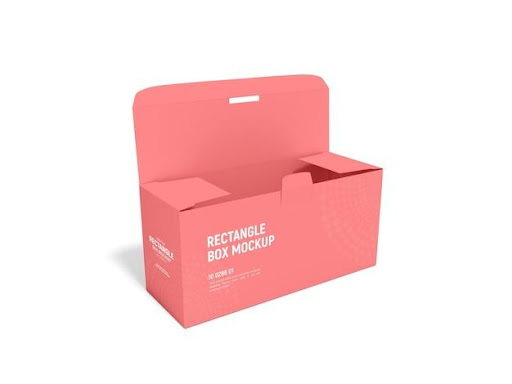
In today’s hyper-competitive business environment, channel partner engagement is essential for a company’s success. Channel partners act as intermediaries between a company and its customers and are critical to reaching new markets and maximizing sales. However, engaging channel partners and keeping them motivated can be challenging. Loyalty and rewards programs are one effective way to boost Channel Partner Engagement. In this blog, we will discuss how to implement a loyalty and rewards program to boost channel partner engagement.
- Define the Objectives and Goals of the Program
Before implementing a loyalty and rewards program, it is important to define the objectives and goals of the program. The objectives and goals should align with the overall business strategy and be specific, measurable, achievable, relevant, and time-bound (SMART). The objectives and goals should also be communicated clearly to the channel partners.
For example, the program’s objectives could be to increase sales by a certain percentage or to increase the number of active channel partners. The goals could be to reward channel partners for achieving certain sales targets or promoting specific products.
- Choose the Right Rewards
The rewards offered through the loyalty and rewards program should be valuable and relevant to the channel partners. The rewards should also be aligned with the objectives and goals of the program. Some common rewards include cash incentives, discounts on products, free products or services, travel rewards, and recognition.
It is important to note that not all rewards will motivate all channel partners. Therefore, it is important to offer a variety of rewards and allow channel partners to choose the rewards that are most relevant to them.
- Set Clear and Achievable Targets
Setting clear and achievable targets is important to motivate channel partners to participate in the loyalty and rewards program. The targets should be based on historical sales data and should be challenging but achievable. It is also important to communicate the targets clearly to the channel partners and provide regular updates on progress towards the targets.
- Implement a Tiered System
Implementing a tiered system in the loyalty and rewards program can motivate channel partners to achieve higher performance levels. Channel partners who achieve higher performance levels should be rewarded with more valuable rewards.
For example, a tiered system could include bronze, silver, and gold levels. Channel partners who achieve the bronze level could receive discounts on products, while those who achieve the silver level could receive travel rewards. Channel partners who achieve the gold level could receive cash incentives or recognition.
- Provide Regular Communication and Feedback
Regular communication and feedback are essential to keeping channel partners engaged in the loyalty and rewards program. Communication should be clear, concise, and consistent. Feedback should be timely and constructive.
Regular communication can include newsletters, emails, and webinars. Feedback can include reports on sales performance, recognition of achievements, and coaching on areas for improvement.
- Use Technology to Streamline the Program
Using technology to streamline the loyalty and rewards program can reduce administrative costs and improve the program’s efficiency. Technology can also provide real-time sales performance tracking and enable channel partners to redeem rewards easily.
There are many software platforms available for implementing loyalty and rewards programs. These platforms can automate sales performance tracking, provide real-time reporting, and enable channel partners to redeem rewards online.
- Continuously Evaluate and Improve the Program
Continuous evaluation and improvement of the loyalty and rewards program are essential to ensuring its effectiveness. Regular evaluations help identify areas for improvement and determine whether the program is meeting its objectives and goals.
Some key metrics to evaluate include the number of active channel partners, sales performance, and redemption rates. Feedback from channel partners can also provide valuable insights into the program’s effectiveness.
- Choose Your Enrollment KPI
Before starting your B2B loyalty program, it is important to decide what your enrollment key performance indicators (KPI) will be. There are two main types of KPIs – closed and open. Closed KPIs meaning is specific goals that you have set for your channel partners, such as achieving specific sales targets or reaching a certain number of customer referrals. Open KPIs are more flexible and allow channel partners to earn rewards for a variety of different actions.
Conclusion
Increasing channel partner loyalty and rewards requires a thoughtful and strategic approach. By focusing on your channel partners’ needs and providing value and incentives, you can create a mutually beneficial relationship that drives business growth and success for both parties. Building a strong and loyal channel partner network takes time and effort, but increased sales and revenue rewards are well worth it.








